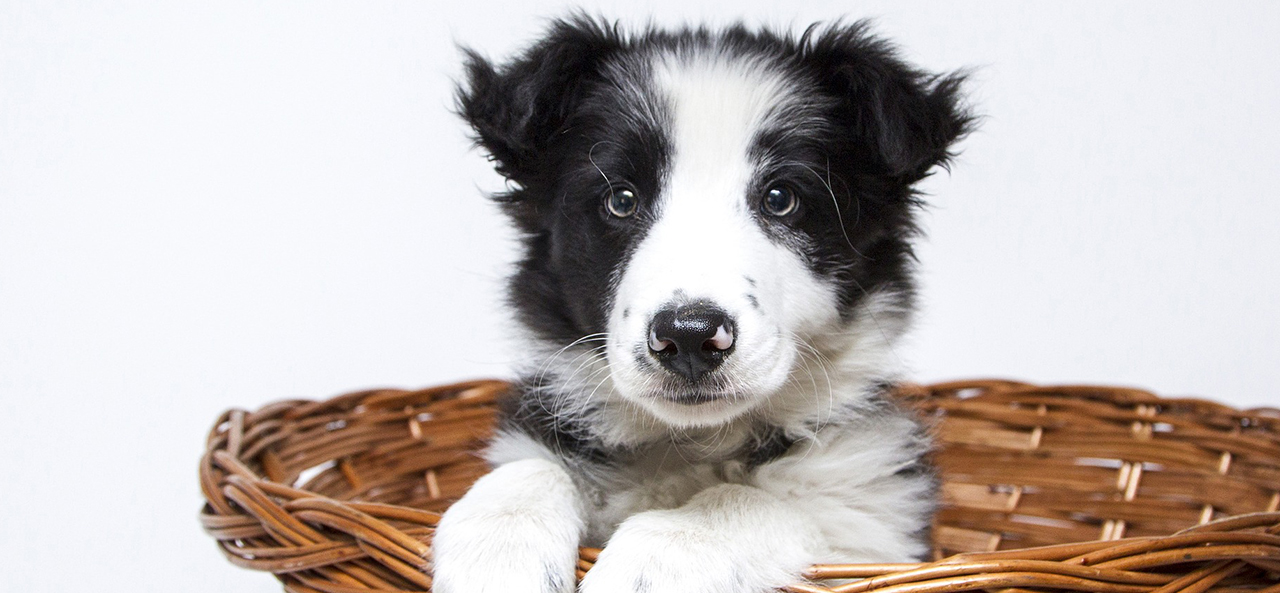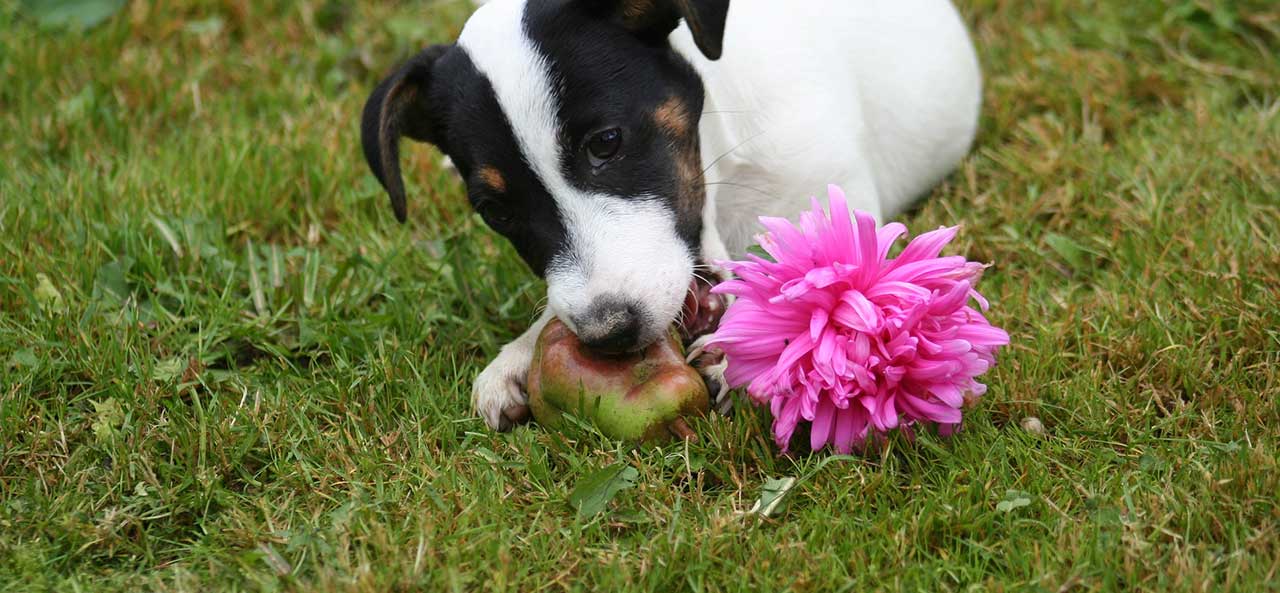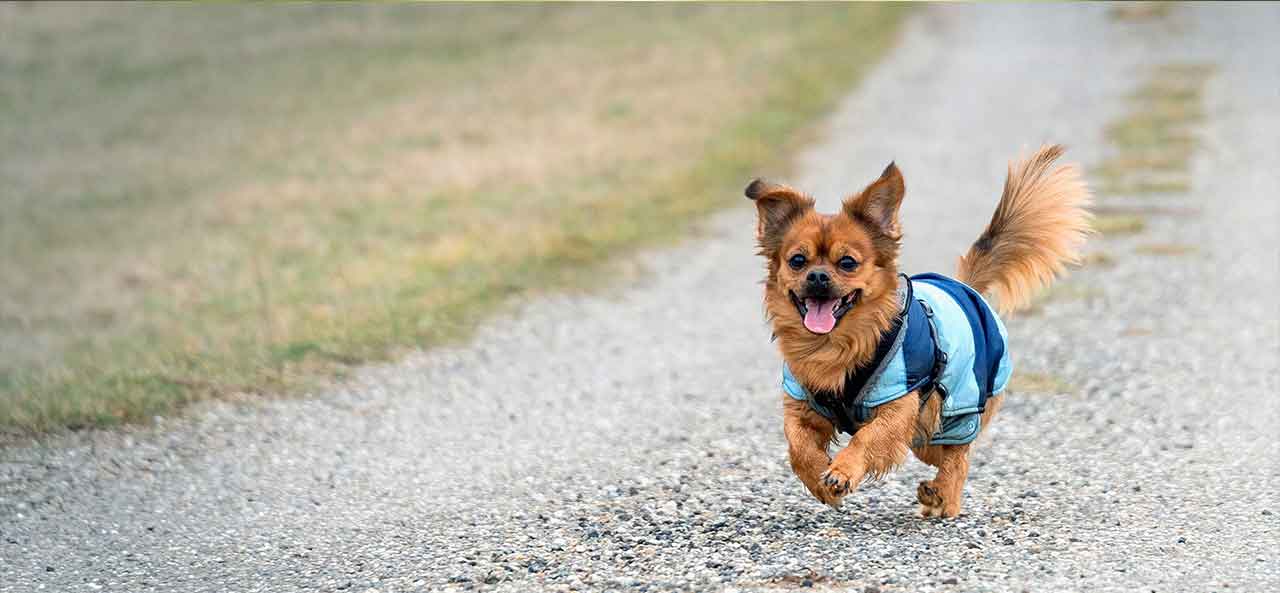There are various reasons as to why you would want to train your puppy how to use and feel comfortable in a crate. If you’re at the stage of potty training your puppy, then this is a great way to help teach them correctly. Using a crate provides a great form of safe transport for your puppy.
Although dogs are naturally den animals, they don’t always take to using a crate very well. If they’re not trained correctly, they can potentially develop a fear against the crate.
The great news is, that puppies can be trained to be how you need them to be, as long as this is started from a young age and they're trained safely and correctly.
Below are a few handy tips on how to ease your puppy into using a crate so they feel safe and happy.
Introduce them with ease
The worst way to introduce your puppy to their crate is to force them in there immediately and lock them inside. Nobody likes to be trapped against their will and this applies to dogs also. You should ease them gently by treating the crate just like any other piece of furniture in the house that should be used for enjoyment.
You should place the crate in their favourite part of the house that they hang out in. Placing their blanket and toys in the crate and leaving the door open will make them feel more comfortable in venturing in. If they look like their backing off then you should leave them to work it out on their own. Don’t push them in or get too excited or upset should they take longer than expected. To encourage them further you could also place some of their delicious treats in the crate which could also entice them in.
The end goal is to get your puppy to walk into the crate, confidently, happy and when they feel ready, this could take a matter of days, so, you must be patient.
Use the crate for mealtimes
After your puppy has learnt to enter the crate on their own will, then the next goal is to get your puppy to stay in their for an extended length of time. The best way to approach this is to place their food in there, thus creating a positive association with staying in their crate.
Their food should be placed at the back of their crate so they go all the way in. Some puppies may struggle with this, so, you could also start off by placing their food at the entrance and then meal by meal move their food bowl backwards to the end of the crate.
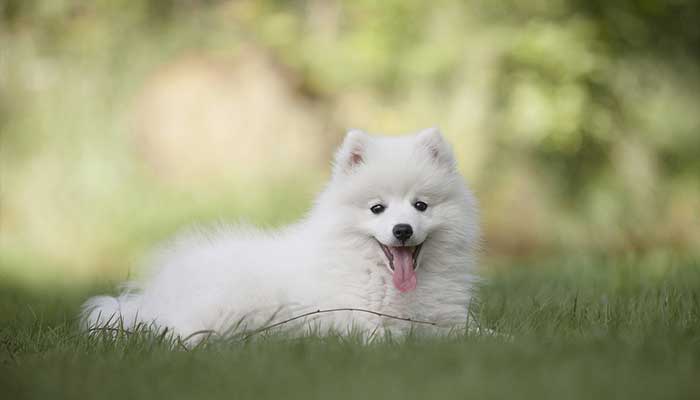
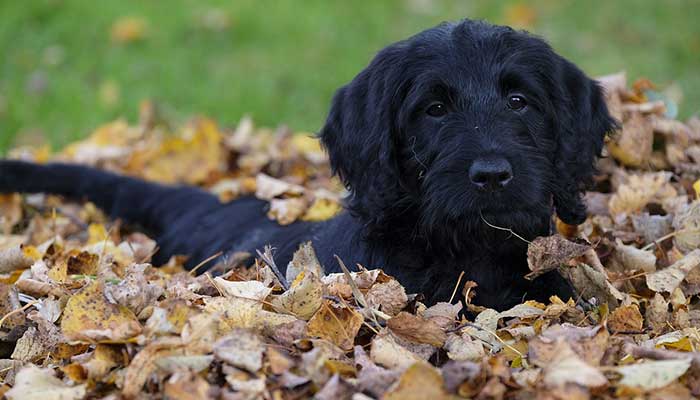
Closing the crate door
When your puppy enters the crate and starts eating their food, then you should close the door. After they have finished eating their meal, you should open the door immediately. You should never leave them in the crate for longer than necessary. You can look to increase the time they spend their crate by a minute longer with each meal.
If your dog whines, you should aim to not leave them in as long and take it slower. What you shouldn't do is open the crate door if they start whining as they will quickly learn that whining equals door open.
Extending their crate time
If your dog is happy hanging out in their crate with the door closed then this is the time to start increasing the time they spend in there. You can use their favourite toy to encourage them to enter their crate and then close the door. You should stay close to the crate for a few minutes and then leave the room and go somewhere else for a few minutes, so, they get used to the idea of being on their own in the crate. You shouldn't open the crate door as soon as you return. Instead, give it a few minutes so your puppy remains calm.
Keeping them calm
The ultimate goal is to make your puppy feel comfortable entering and leaving the crate. They should enter when they’re happy to do so and when they’re instructed to enter. The command should be short and firm and without excitement. You should never get them overexcited in leaving or entering as this will cause confusion. You should also avoid getting them excited when you return home and let them out of the crate. Instead, calmy enter the room and let them out a couple of minutes later.

